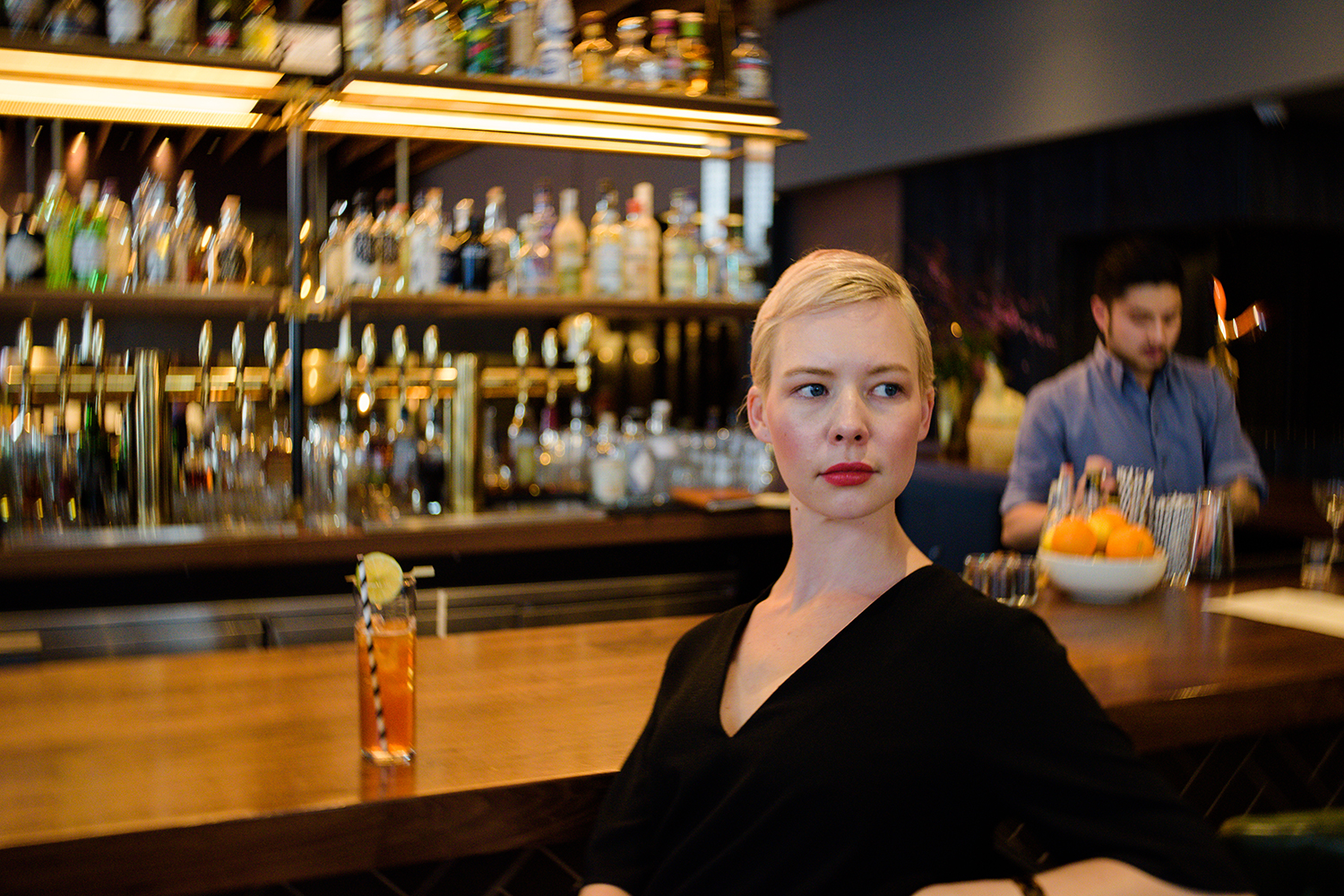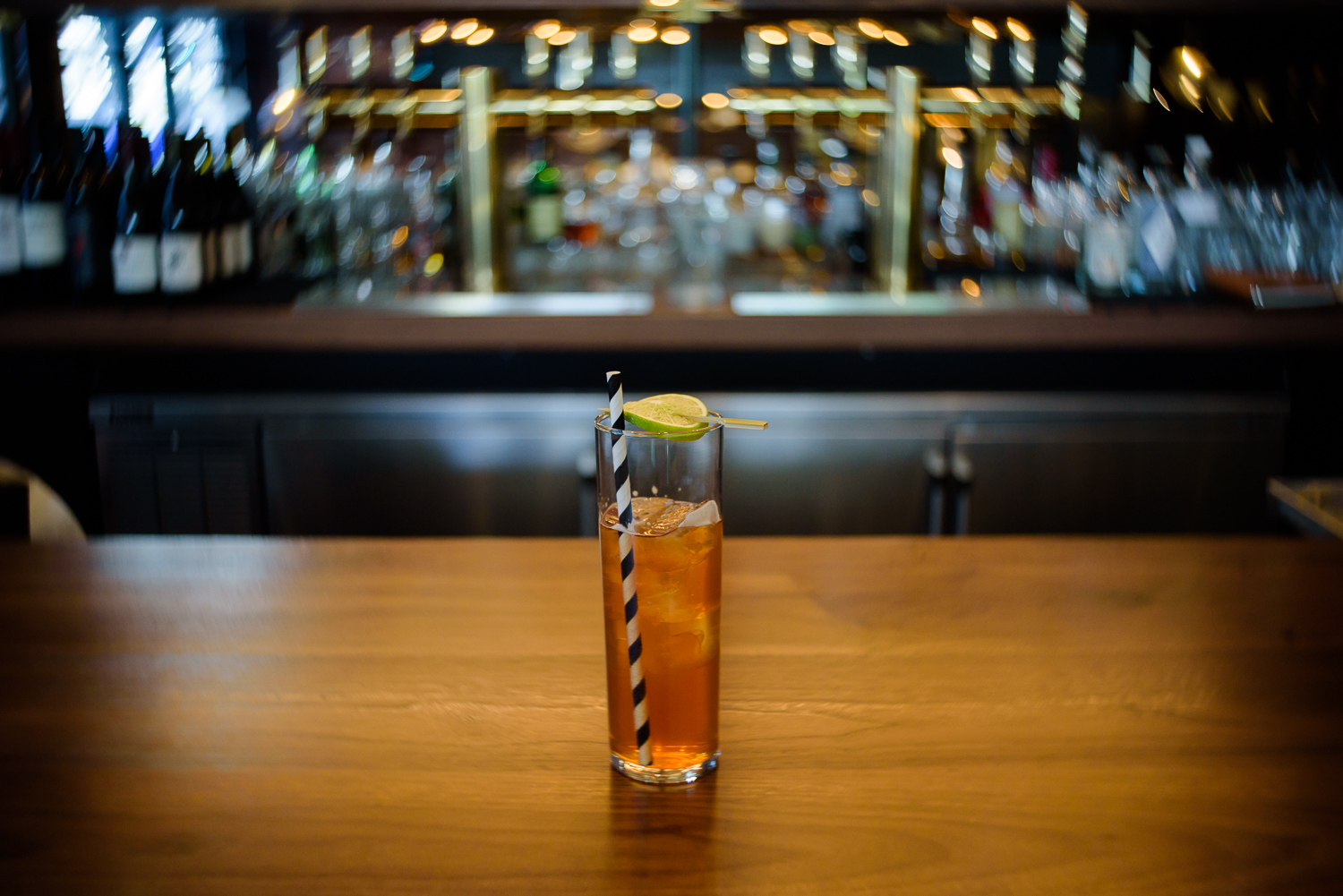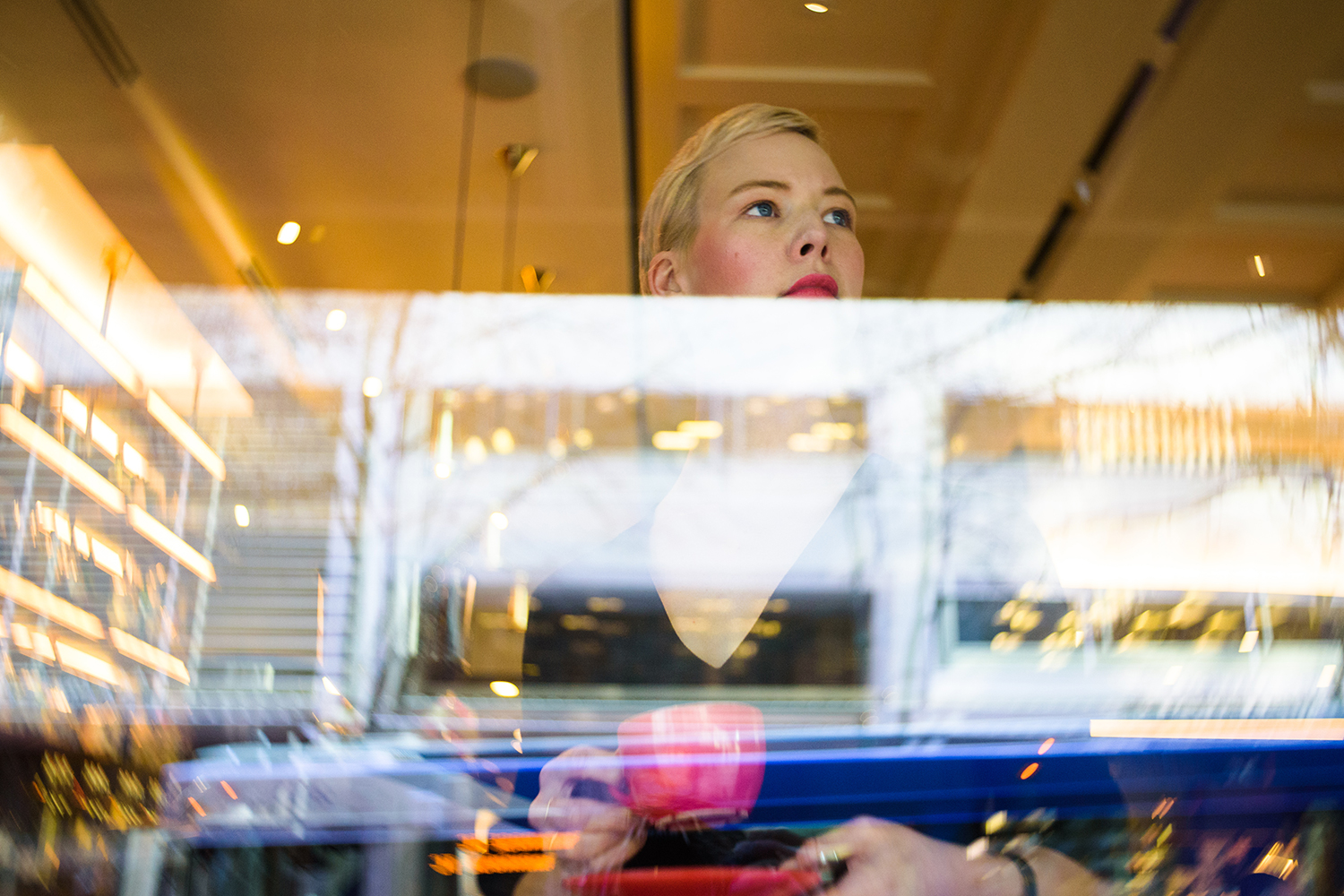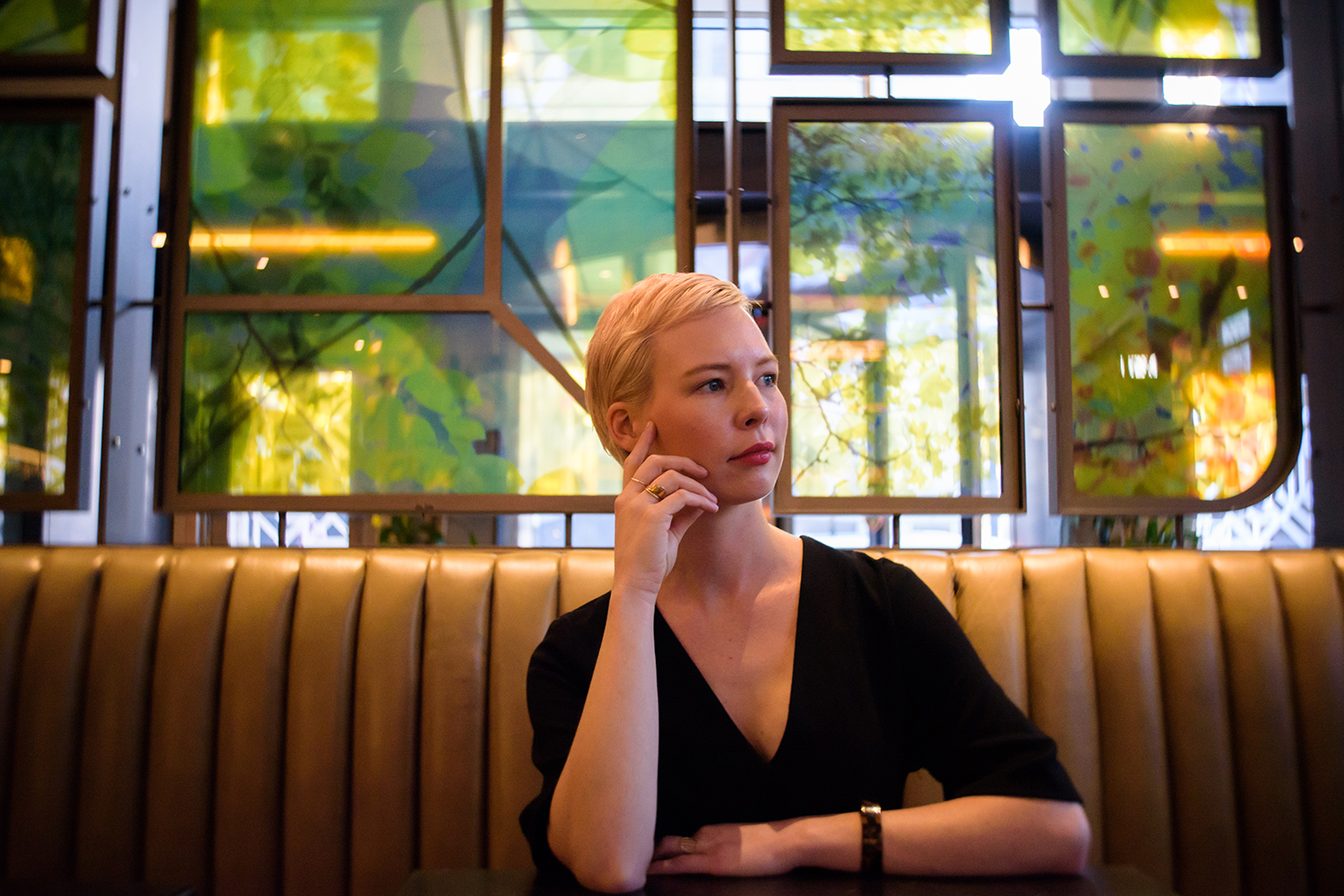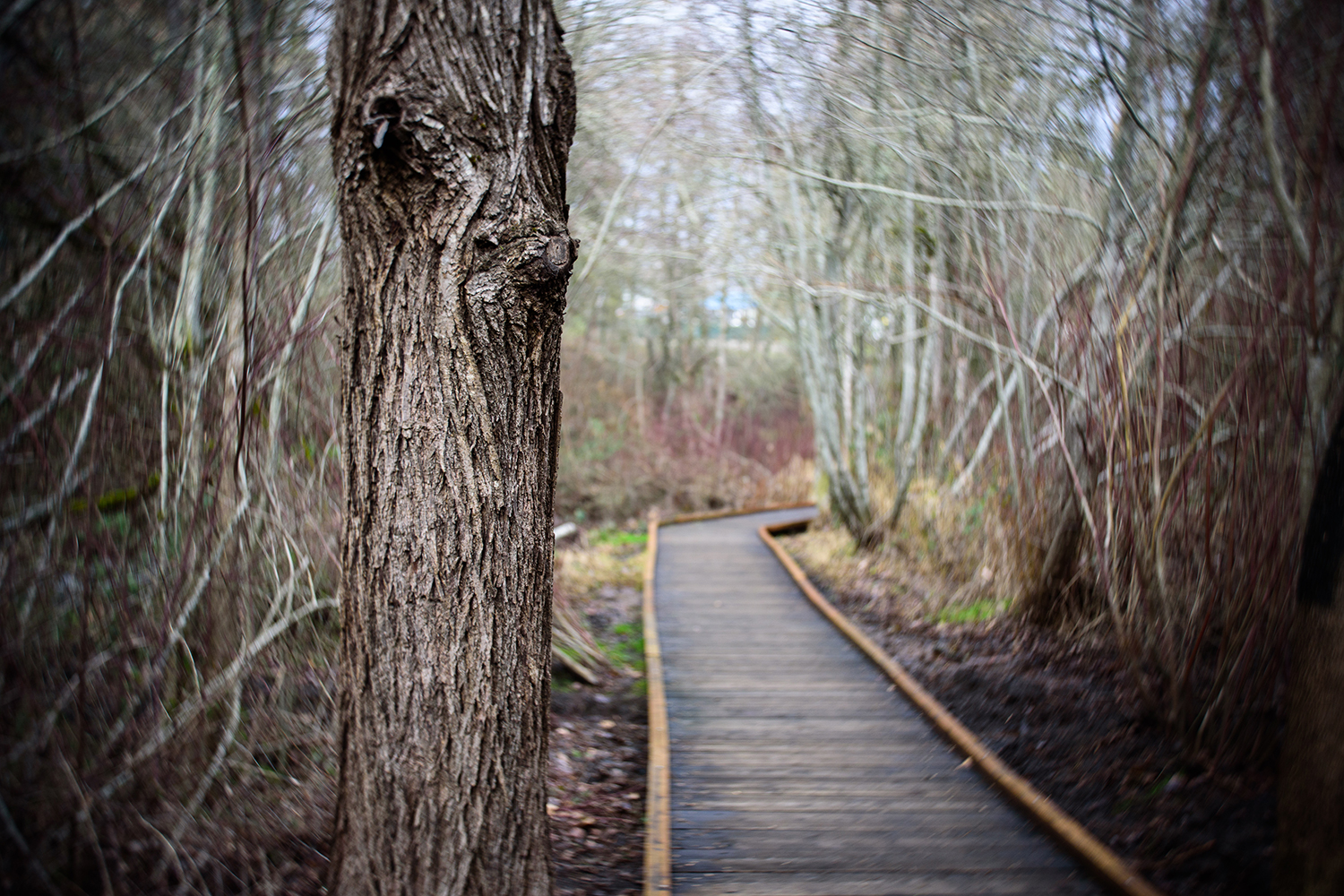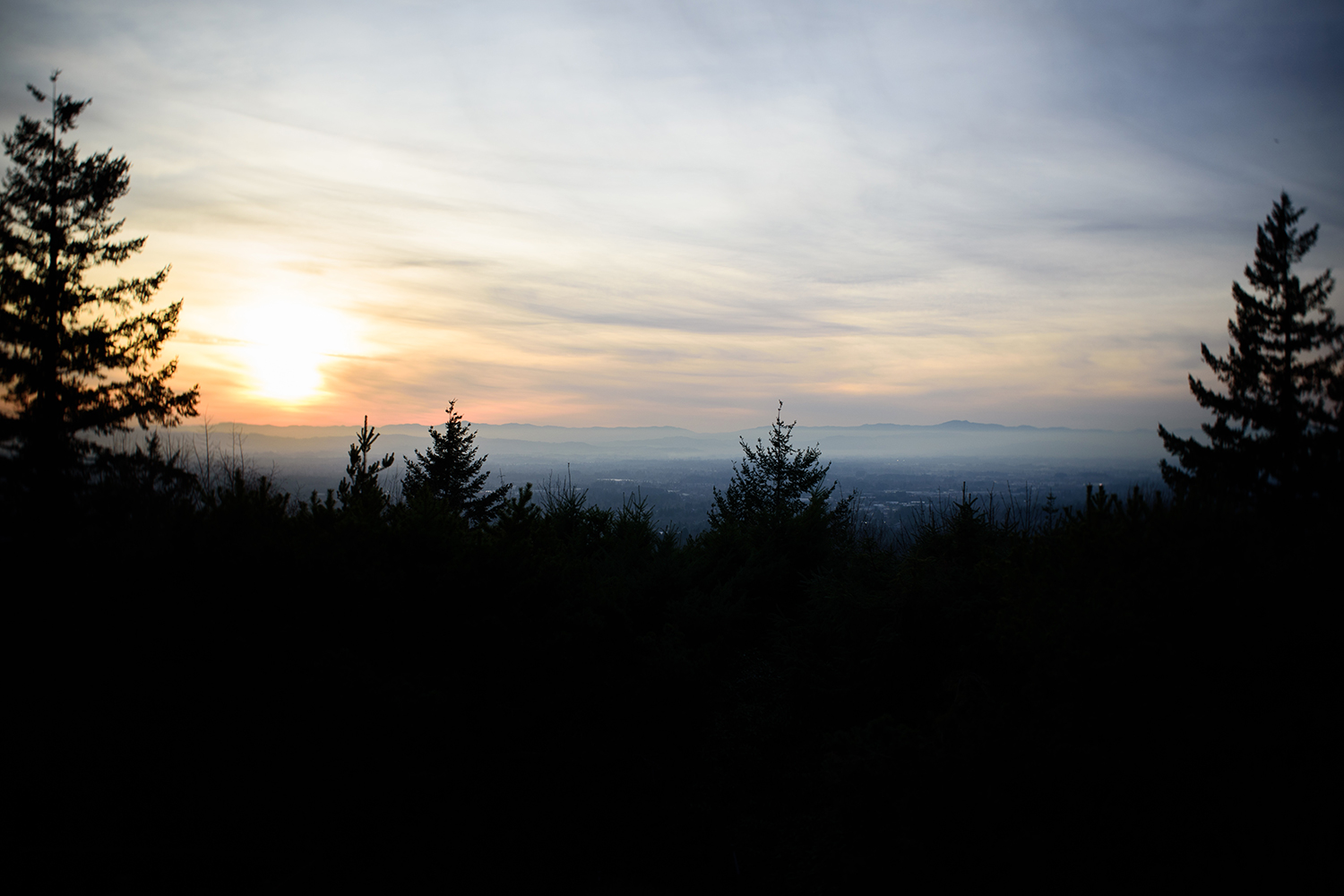- Variable vignette control
- Beautiful, Petzval-style bokeh
- Good center sharpness
- Solid build quality
- Fun, if challenging, user experience
- A wider aperture would have been nice
- All-manual operation unforgiving to novices
Digital cameras, Photoshop, and Instagram have made it easier than ever to spice up our photos with a filter or effect after the fact, but there remains a contingent of photographers who will always prefer to get it right in-camera. Sure, there are a great many things that software can do that simply can’t be done at the time of capture, but there is one very common post processing effect — the vignette — that happens naturally in the majority of lenses. And now Lensbaby, the company that specializes in creative effects optics, has made a new lens specifically for granting photographers more in-camera vignette control. It’s called the Burnside 35, and for photographers who don’t care to “fix it in post,” it is sublime.
The Burnside 35 is unlike anything Lensbaby has made before.
Announced on February 15, the Burnside 35 is unlike anything Lensbaby has made before — and unlike any other lens available. Using a secondary aperture, it lets you dial in a desired amount of vignetting, regardless of whether the primary aperture is at f/2.8 or f/5.6. Yes, this is a lens built with the sole purpose of bringing an Instagram effect into the physical world, and we absolutely love it. It flies in the face of traditional lens design. Vignetting is one of the metrics by which camera analysis firm DxOMark ranks lenses, with a darker vignette lowering the overall score.
The Burnside 35 makes one thing abundantly clear: Lensbaby does not care about DxOMark scores.
Still, if you’re wondering why a lens company would choose to add a mechanical control for something that is so easily emulated in software, well, revisit the opening paragraph of this review. There is something special and enjoyable about being able to control, in-camera, the strength of a vignette independently of the primary aperture. If you spend some time with the Burnside 35, you may find yourself wishing — as we did — that other lenses had this same ability.
What is vignetting?
The word vignette has many meanings, but in photography, it refers to the darkening of the edges of a photograph. From Wikipedia: “Vignetting is a reduction of an image’s brightness or saturation toward the periphery compared to the image center.” As the Wikipedia entry continues, and as DxOMark analysts would agree, such an effect is often considered a negative, and lens manufacturers typically try to avoid it — even if many photographers choose to bring it back in post.
Optical vignetting — that is, vignetting caused by the internal lens elements themselves — is strongest at the widest aperture of a given lens. Even very good lenses “suffer” from such vignetting when shot wide open, but the best will bring it under control within a stop or two. We saw this with the impressive Olympus F1.2 Pro lenses, each of which was essentially vignette-free by f/1.8.
Because of its relationship with aperture, vignetting tends to go hand-in-hand with shallow depth of field. While the more common problem here is likely the desire to remove vignetting without increasing depth of field, the opposite issue also exists: What if you need more depth of field, but want to keep the vignette? This is what the Burnside 35 gives you.
Putting the fun in functionality
At its core, the Burnside 35 is a full-frame 35mm f/2.8 lens that offers the same Petzval-like “swirly bokeh” effect found in the Lensbaby Twist 60. It has a similar look and feel to the Velvet-series lenses, like the Velvet 85, with a solid metal housing and a smooth-turning, long-throw manual focus ring. Like other Lensbaby lenses, the all-mechanical nature of the Burnside 35 allows it to be easily produced for a variety of camera systems, so there’s one with your name on it whether you shoot Canon, Nikon, Sony, Micro Four Thirds (Olympus and Panasonic), Fujifilm, Pentax, or Samsung NX.
The second iris shades the lens from peripheral light, forcing a vignette when stopped down.
The primary aperture uses six blades, has a range of f/2.8 to f/16, and is controlled by a traditional aperture ring near the base of the lens. Where things get interesting is with the gold-anodized “effect slider” on the left side, which controls a secondary, eight-bladed iris located closer to the front of the lens. That second iris essentially shades the rest of the lens from peripheral light, forcing a vignette when stopped down.
The ability to control vignetting and depth of field independently is like the original iPhone of optical effects — you didn’t know you wanted it until you had it. It brings a new element of experimentation into your photographic process, increasing engagement and making you think more consciously about your subject. It’s also just plain fun to play around with.
But the basic physics governing how light passes through a lens still exist here. Leave the effect slider untouched, and the lens behaves like any other, vignetting more strongly at f/2.8 than at f/4, f/5.6, etc. The effect slider cannot remove a naturally occurring vignette, it can only add to it. Likewise, there are limits to how much it can add, with vignetting petering out by f/16, only visible with the effect slider turned all the way up.
This also leads to operation that can sound a bit counterintuitive at first. If you want maximum vignetting, you should open the aperture all the way (f/2.8), but close down the secondary iris to be as small as possible (position 4 on the effect slider). The opposite is also true: Keep the effect slider wide open and stop the aperture down for a vignette-free shot. Fortunately, Lensbaby chose to label the effect slider with simple pictographs — rather than throwing a second set of f-numbers at us — for easy “this way for more, this way for less” operation.
What’s more, because Lensbaby lenses are fully manual and mechanical, any change you make is immediately reflected in your camera’s viewfinder or LCD screen, so you can see the effect as you make adjustments. If you’re working with a DSLR (we tested the lens on a Nikon D750) we highly recommend using live view, which will make focusing easier and give you a larger preview of the effect. A tripod isn’t a bad idea, either, although the relative wide angle of the Burnside 35 makes it easier to work with handheld compared to something like the Velvet 85.
Image quality and value
When you nail focus, the Burnside 35 is very sharp in the center, gradually growing softer toward the edges (as by design). The swirly bokeh, strongest at wider apertures, is a great look and strikingly different from normal lenses. You can also slightly alter the look of the bokeh by adjusting the effect slider, as a darker vignette adds definition, making the swirl look more pronounced. This is one aspect that can’t be replicated by adding a digital vignette in post.
Even though f/2.8 on a 35mm doesn’t produce paper-thin depth of field, it’s still pretty easy to make your subject pop by using the effect slider. At full power, objects in the center of the frame seem to glow compared to the surroundings. Shooting the same subject at the same aperture and varying just the effect slider between exposures is a great way to illustrate how it works. Looking at the results, it can appear as if the lighting of the scene actually changed from one shot to the next.
Beyond zeroing in on your subject, increasing the vignette can alter the feel of a photograph. Photographers who shoot fantasy-inspired portraits will love the Burnside 35 for its moody, dream-like qualities. At full vignette, images also tend to take on a warmer tone, which obviously can be controlled via white balance, but it’s a nice default look.
The only real negative is that your subject needs to be close to the center of the frame if you want to really turn up the effect slider without darkening your subject. We would love to see vignette control combined with one of Lensbaby’s tilt optics, which would allow you to create an off-center vignette and give you more freedom to position your subject within the frame. Maybe we’re just being crazy here — off-center vignettes? Whatever, we think it would be cool.
Of course, this isn’t a lens for everyone. At $500, the Burnside 35 is not exactly expensive, but it is a niche product that fills a need most photographers aren’t likely to have. It may be a lot to ask for an effect that is so easy to emulate (if not outright copy) in post-production. That said, this is a lens for people who want to spend less time in front of a computer screen and more time in the field taking pictures, working with light rather than ones and zeroes. There is something magical about using a lens like this to build an image in-camera, and when you get it right, it really feels good.
Even if you do still slap an Instagram filter on it afterward.
Warranty
Lensbaby offers a one-year warranty on all of its products.
Our Take
The Burnside 35 stands out thanks to its Petzval-like bokeh and vignette-enabling effect slider, offering a level of control simply not found elsewhere (the Lomography Petzval 58 has a bokeh control ring, which is about the closest thing we could find to the Burnside 35). As with other Lensbaby products, it embraces imperfection and strives to achieve the very thing other manufacturers work so hard to avoid.
We see a lot of cameras and lenses at Digital Trends, and we’d be hard pressed to find anything that offered an experience as refreshing as the Burnside 35. And to be clear, we’re very much the type of people who like to edit our photos in software — and we still enjoyed shooting this lens and the results it gave us. Is it a novelty that will wear off? Perhaps, but if we had one in our camera kits, it would likely be a tool we’d return to time and time again.
Is there a better alternative?
There certainly is no shortage of full-frame 35mm lenses, but there really isn’t anything like the Burnside 35. Even among Petzval-style lenses, this is the only wide angle. But just because it’s unique doesn’t mean it’s a must-buy for everyone; if you just want a decent 35mm, you may be happier with a standard lens that offers autoexposure and autofocus. This lens clearly isn’t targeting such users.
How long will it last?
With an all-mechanical build, there is very little that can go wrong with this lens, so it should easily last for some time to come. It is also unlikely to be superseded by a newer model any time soon.
Should you buy it?
If you are the type of photographer who prefers your effects done in-camera, or you simply love the artistic look of swirly bokeh and dark vignettes, then yes. The Burnside 35 may occupy a small niche, but it can be incredibly fun and rewarding for the right subjects and scenes.







